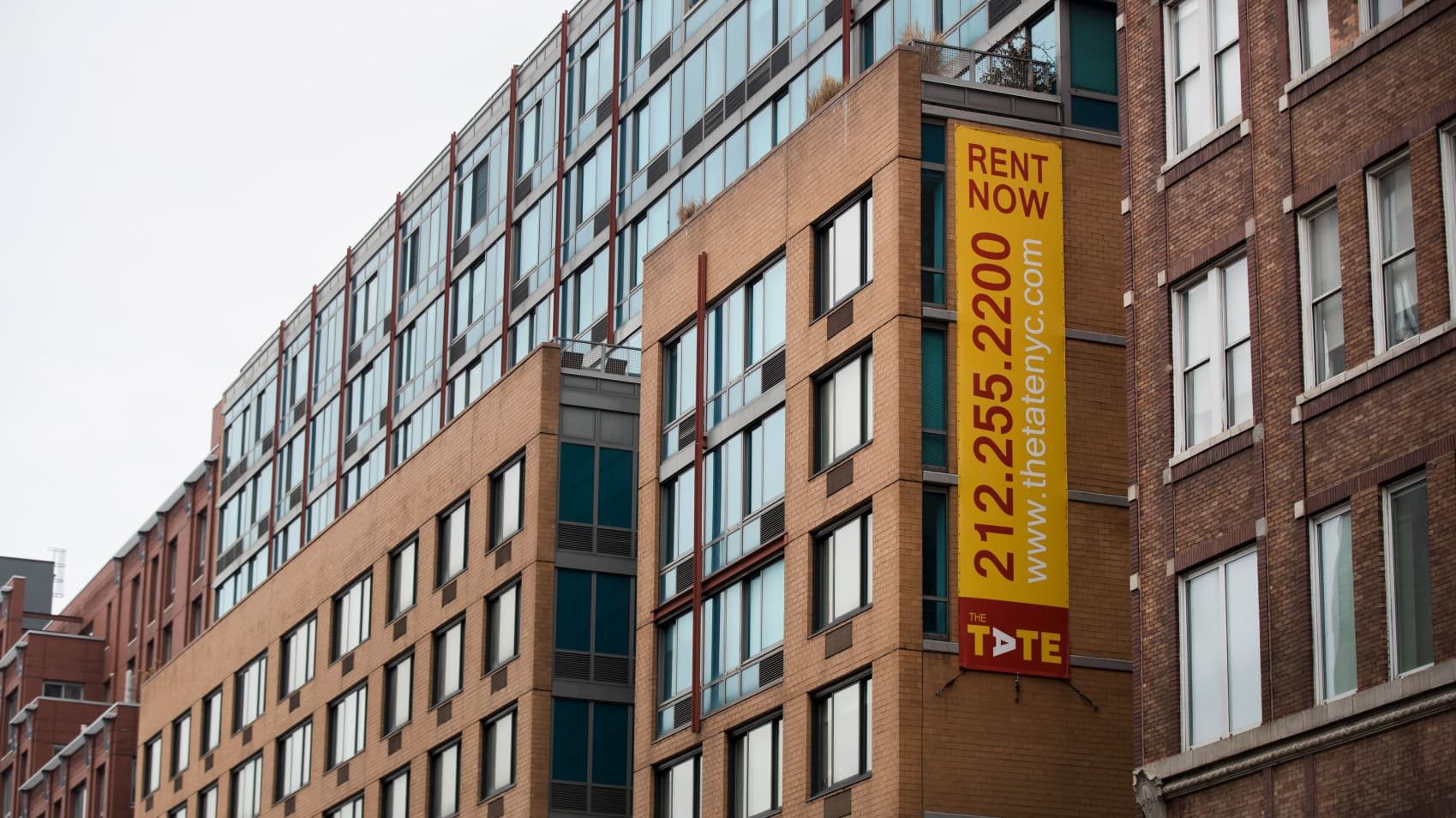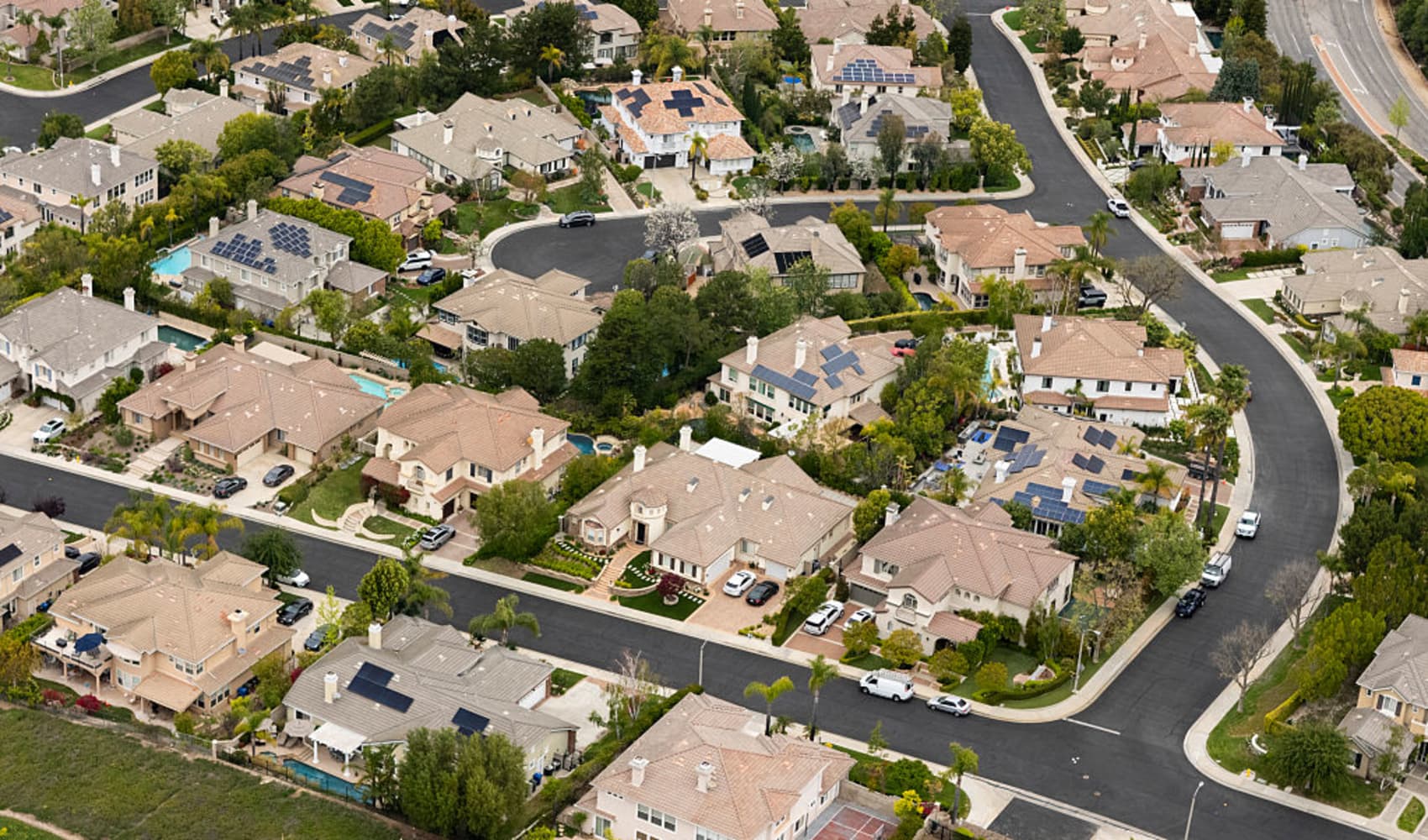Affordability Crisis: 13 Cities Where Rent Is Half the Cost of Homeownership
Cracking the Code: 13 U.S. Cities Where Owning a Home Costs Twice as Much as Renting
The Great Divide: Homeownership vs. Renting in America
Ever dream of owning your own slice of the American pie? A white picket fence, a backyard barbecue, and the security of knowing you're building equity? Yeah, me too. But for many of us, that dream feels like it's drifting further and further away. In some U.S. cities, it now takes more than twice the income to afford a median-priced home than to afford a median-priced apartment – and the gap keeps growing. It's a financial chasm that leaves many aspiring homeowners feeling like they're stuck on the rental treadmill.
Nationwide, a recent Redfin analysis reveals some startling figures. U.S. homebuyers must earn an estimated $116,633 to comfortably afford a median-priced home. That's a whopping 82% more than the income needed to cover the cost of a median-priced rental! These figures are based on the traditional guideline that housing costs shouldn't exceed 30% of gross income. Think of it as the golden rule of affordability – stray too far, and you're risking financial stress.
The estimates are based on national and metro-level data for the three months ending in February 2025, comparing median home sale prices with median asking rents for newly listed apartments in buildings with five or more units. Homeownership calculations assume a 30-year fixed-rate mortgage with a 15% down payment and a 6.84% interest rate, factoring in insurance and property taxes. It's a comprehensive picture designed to give us a realistic view of the market. Let's dive into what's driving this divide.
Why Home Costs Are Outpacing Rental Prices
Since 2021, the gap between homeownership costs and rental prices has widened dramatically. But why? What's causing this widening canyon between the dream of homeownership and the reality of our bank accounts? It boils down to a few key factors, a perfect storm brewing in the housing market.
The Interest Rate Rollercoaster
Think of interest rates as the engine driving the housing market. When they're low, borrowing money is cheaper, and more people can afford to buy. But when they climb, as they have been doing, the cost of mortgages shoots up, making homeownership less accessible. Those rising interest rates are a major contributor to the affordability gap.
The Down Payment Hurdle
Saving for a down payment is like running a marathon. It takes dedication, discipline, and a whole lot of energy. And in many markets, the finish line keeps moving further away! As home prices rise, the amount needed for a down payment also increases, putting a significant strain on potential buyers, particularly first-timers. A 15% downpayment is considered standard for this Redfin report. Saving that much is like trying to catch smoke with your bare hands.
The Inflation Inferno
Inflation is like a sneaky gremlin, eroding the value of our money and making everything more expensive, from groceries to gas. The cost of building materials, labor, and other expenses associated with homeownership have also been on the rise, pushing up home prices even further. It's a perfect storm of rising costs that makes homeownership seem increasingly out of reach.
The 13 Cities Where the Gap is Widest
While the national average is concerning, the gap is significantly larger in certain metro areas. Let's take a look at the 13 cities where owning a home requires more than twice the income needed to rent:
- Anaheim, CA: The sunshine state tops the list!
- San Jose, CA: Silicon Valley dreams come with a hefty price tag.
- San Diego, CA: Beautiful beaches, but a brutal housing market.
- Los Angeles, CA: The city of stars, but homeownership is a distant galaxy for many.
- Oakland, CA: Across the bay from San Francisco, but the affordability crisis is just as real.
- Seattle, WA: Tech hub with a booming economy, but housing prices are soaring.
- Boston, MA: Historic charm and a strong job market, but owning a home is a challenge.
- New York, NY: The Big Apple, where even a tiny apartment can cost a fortune.
- Oxnard, CA: Coastal living with a steep price to pay.
- Riverside, CA: A more affordable option in Southern California, but still facing challenges.
- Miami, FL: Sun, sand, and sky-high home prices.
- Tampa, FL: A growing city with a rising cost of living.
- Portland, OR: Once a haven for affordability, now facing a housing crisis.
Notice a trend? California dominates this list, followed by other coastal cities with strong economies and limited housing supply. These are the places where the dream of homeownership is becoming increasingly difficult to achieve.
Digging Deeper: The California Conundrum
It's no surprise that California features prominently on this list. The state has a unique combination of factors that contribute to its housing affordability crisis, with limited land, strict zoning regulations, and a booming economy all playing a role.
Land Scarcity and Zoning Laws
California is a geographically diverse state, but much of its land is either protected, mountainous, or otherwise unsuitable for development. Strict zoning laws further limit the type and density of housing that can be built, restricting supply and driving up prices. It's a classic case of supply and demand: when demand is high and supply is low, prices skyrocket.
The Tech Boom's Impact
Silicon Valley's tech boom has brought immense wealth to the region, but it has also exacerbated the housing crisis. High-paying tech jobs have driven up demand for housing, creating a competitive market where ordinary workers struggle to compete. It's a wealth disparity that is playing out in the housing market.
Beyond the Coasts: Affordability Challenges in Other Cities
While coastal cities face unique challenges, the housing affordability crisis is not limited to these areas. Cities across the country are grappling with rising home prices and stagnant wages, making homeownership increasingly difficult for middle-class families. Cities like Atlanta, Dallas, and Charlotte are experiencing rapid growth and influx of population, which is fueling rising housing costs.
The Impact on Renters
The widening gap between homeownership and renting doesn't just affect potential homebuyers. It also impacts renters, who face rising rents as demand for rental properties increases. When homeownership becomes less accessible, more people are forced to rent, driving up rental rates and making it harder for renters to save for a down payment. It's a vicious cycle.
Strategies for Aspiring Homeowners
Despite the challenges, the dream of homeownership is not dead. There are strategies that aspiring homeowners can use to increase their chances of success, with focus on improving credit score, saving for downpayment, and exploring grants and first-time buyer programs.
Improving Your Credit Score
A good credit score is essential for securing a mortgage with favorable terms. Work on improving your credit score by paying bills on time, reducing debt, and avoiding new credit applications.
Saving for a Down Payment
Saving for a down payment is crucial. Start saving early and often, even if it's just a small amount each month. Consider setting up a dedicated savings account and automating your contributions. Explore possibilities of cutting down on unnecessary expenses.
Exploring First-Time Buyer Programs
Many states and local governments offer first-time buyer programs that can help with down payment assistance, closing costs, and other expenses. Research these programs to see if you qualify.
The Future of Homeownership
The future of homeownership is uncertain, but one thing is clear: the housing affordability crisis is a serious issue that needs to be addressed. Policymakers, developers, and communities must work together to find solutions that increase housing supply, promote affordability, and ensure that everyone has the opportunity to own a home. Will the dream of owning a home become unattainable for most Americans, or will we find creative solutions to bridge the gap?
Conclusion: Bridging the Divide
The widening gap between homeownership and renting is a significant challenge facing many U.S. cities. Factors such as rising interest rates, high down payments, and inflation are making it increasingly difficult for people to achieve the dream of owning a home. While the situation may seem bleak, there are strategies that aspiring homeowners can use to improve their chances of success. By focusing on improving their credit score, saving for a down payment, and exploring first-time buyer programs, individuals can take steps toward achieving their homeownership goals.
Frequently Asked Questions
- Why is it so much more expensive to own a home than to rent in some cities?
It's a combination of factors, including higher interest rates, the need for a significant down payment, property taxes, insurance, and ongoing maintenance costs that renters typically don't have to cover.
- What can I do to make homeownership more affordable?
Focus on improving your credit score, saving diligently for a larger down payment, exploring first-time homebuyer programs, and considering less expensive locations.
- How much should I realistically save for a down payment?
While a 20% down payment is ideal, many first-time homebuyers can qualify with as little as 3-5%, especially with government assistance. However, a larger down payment will typically result in lower monthly payments and avoid private mortgage insurance (PMI).
- Are there any government programs to help first-time homebuyers?
Yes, many state and local governments offer programs that provide down payment assistance, closing cost assistance, and tax credits for first-time homebuyers. Research programs in your area to see if you qualify.
- Is it better to rent or buy in the current market?
The decision to rent or buy depends on your individual circumstances, financial situation, and long-term goals. Consider your income, expenses, credit score, and the affordability of homes in your desired location. It's always a good idea to consult with a financial advisor to make an informed decision.



